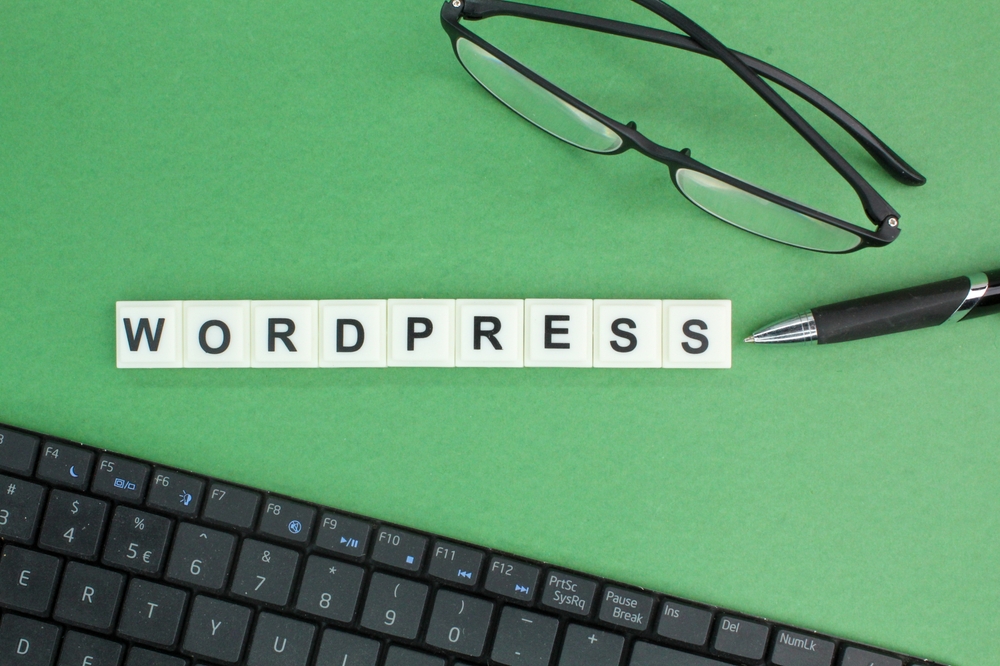
If you're a WordPress user, you know how powerful and versatile this content management system can be. However, to truly unleash its potential, you need to master customization and maintenance. In this article, we will share expert tips and tricks to help you take your WordPress (WP) website to the next level.
1. Customize Your Theme
One of the great advantages of WordPress is the wide variety of themes available. However, to make your website truly stand out, you need to customize your chosen theme. Start by accessing the Appearance section in your WordPress (or WP) dashboard and explore the customization options provided by your theme. From changing colors and fonts to adding custom backgrounds or logos, the possibilities are endless.
Alternatively, if you have coding skills, dive into the theme's code and make adjustments directly. This gives you complete control over the design and layout of your website.
2. Use Plugins Wisely
WordPress offers a vast library of plugins that can add functionality to your website. However, be cautious not to go overboard with plugins. Installing too many can slow down your site or even lead to compatibility issues.
Only install plugins that are essential to your website's goals and remove any unnecessary ones. When choosing a plugin, consider the developer's reputation, the last update date, and user reviews. The most popular and frequently updated plugins are usually the safest choices.
3. Optimize Website Performance
A slow website can negatively impact user experience and search engine rankings. To improve your WordPress website's performance, consider the following tips:
- Caching: Setup a caching plugin to generate static HTML files of your web pages, reducing server load and improving load times. Image Optimization: Compress and resize images before uploading them to reduce file size. Minify CSS and JavaScript: Use plugins or manual techniques to remove unnecessary white spaces, comments, and line breaks from your code. Choose a Reliable Hosting Provider: Opt for a hosting provider that specializes in WordPress and offers robust performance and security features.
4. Regularly Update WordPress and Plugins
WordPress updates and plugin updates often introduce new features, security patches, and bug fixes. Keeping your WordPress (the platform for bloggers) installation and plugins up to date is crucial to ensure optimal performance and security.
Set up automatic updates or regularly check for updates manually to stay on top of the latest versions. However, before updating, ensure that your theme and plugins are compatible with the new version of WordPress (the blogging platform) to prevent any compatibility issues.
5. Secure Your Website
Security is a top priority for any website owner. WordPress, being such a popular platform, can be a target for hackers. To protect your website, follow these security best practices:
- Strong Passwords: Use unique, complex passwords for your WordPress login and any other privileged accounts. Two-Factor Authentication: Enable two-factor authentication for an additional layer of security. Limit Login Attempts: Install a plugin to limit the number of login attempts, preventing brute-force attacks. Regular Backups: Regularly backup your website, including the database and all files, to an external location. Security Plugins: Install a reputable security plugin to add an extra layer of protection against common threats.
FAQs
Q1: How can I customize the appearance of my WordPress website?
To customize the appearance of your WordPress website, go to the Appearance section in your WordPress dashboard and explore the customization options provided by your chosen theme. You can also edit the theme's code to make more advanced changes.
Q2: How many plugins should I install on my WordPress website?
It is best to install only essential plugins on your WordPress website. Installing too many plugins can slow down your site and lead to compatibility issues. Choose plugins based on their reputation, last update date, and user reviews.
Q3: How can I optimize my WordPress website's performance?
To optimize your WordPress website's performance, you can use caching plugins, optimize images, minify CSS and JavaScript, and choose a reliable hosting provider specialized in WordPress.
Q4: Why is it important to regularly update WordPress and plugins?
Regularly updating WordPress and plugins is essential to ensure optimal performance and security. Updates often include new features, security patches, and bug fixes. Automate updates or manually check for new versions regularly, ensuring compatibility with your theme and plugins.
Q5: How can I secure my WordPress website?
To secure your WordPress website, use strong passwords, enable two-factor authentication, limit login attempts, regularly backup your website, and install a reputable security plugin.
Mastering WordPress customization and maintenance takes time and practice. By following these expert tips and tricks, you can elevate your website and provide an exceptional user experience. Stay proactive and always be on the lookout for new techniques and best practices to stay ahead in the ever-evolving world of WordPress.
Other useful resources
- https://www.wordpress24plus.com/wordpress-tools-directory/wordpress-themes/
- https://www.wordpress24plus.com